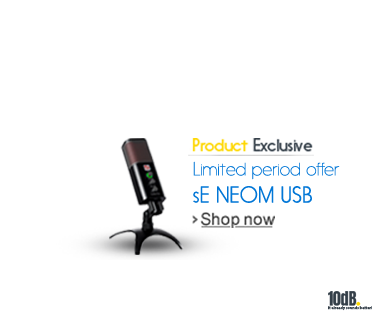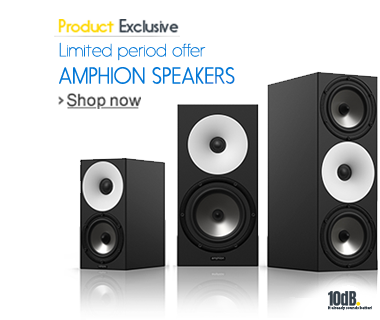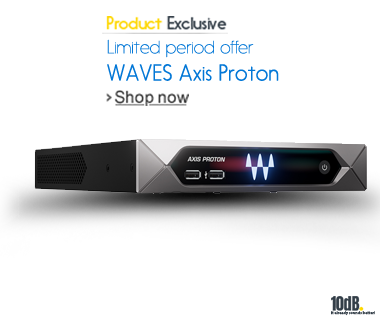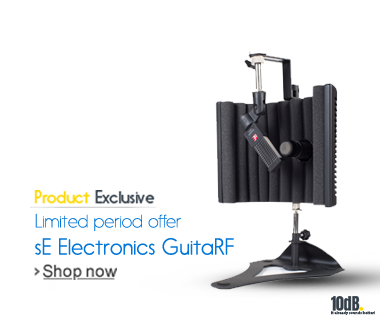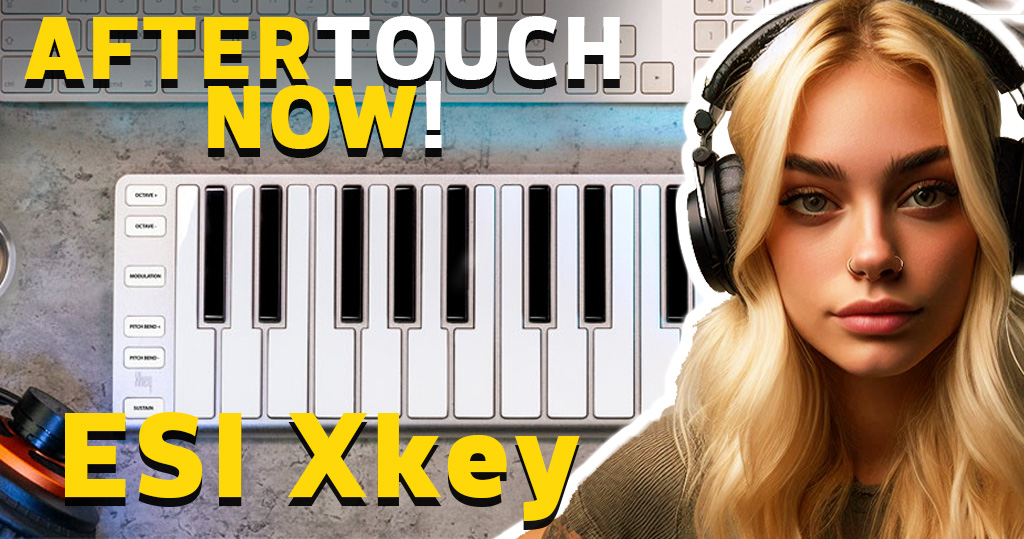My Experience with the ESI Xkey 25 and Xkey 37 MIDI Controllers: An In-Depth Hands-On Review
The Search for the Perfect Portable MIDI Controller
As a music producer always on the lookout for portable yet powerful gear, I’ve tried various MIDI controllers over the years. But the ESI Xkey series—particularly the Xkey 25 and Xkey 37—has received such high praise for their polyphonic aftertouch, portability, and design that I had to try them both.
Unboxing the ESI Xkey 25 and Xkey 37: First Impressions
From the moment I opened the packaging, I could see that ESI has paid great attention to detail. Both controllers come in a sleek, minimal box that reflects the Xkey series’ refined design ethos. The brushed aluminium finish on the keyboards not only looks premium but feels solid and surprisingly light. Right away, the build quality made a strong impression—perfect for a portable MIDI controller.
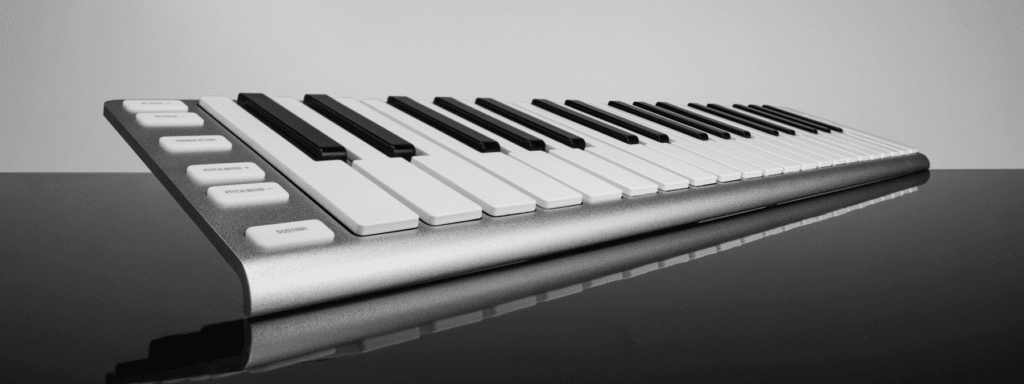
Design and Build
Holding both the Xkey 25 and Xkey 37, I was struck by how light yet sturdy they felt. At just 600 grams for the Xkey 25 and slightly heavier for the Xkey 37, these are among the most portable controllers I’ve come across. The slim profile means it could easily slide into my laptop bag without bulking it up.

Setup: Plugging In and Getting Started
The setup process was as simple as it gets—these are plug-and-play with most modern devices. Both models connect via USB-C, and as soon as I plugged them into my computer, they were instantly recognized without any hassle. Windows users have the added benefit of an ESI driver, which unlocks even more customisation options.
Software Bundle
Both the Xkey 25 and Xkey 37 come with licenses for Bitwig Studio 8-Track, Steinberg WaveLab LE, and Cubasis LE for iOS. I started with Bitwig Studio 8-Track, and I was able to get the keyboard set up in my DAW in under five minutes. The bundled software made getting started easy, and the integration was seamless—especially for those new to MIDI controllers.
First Play: Experiencing the Polyphonic Aftertouch
As soon as I started playing, I could feel the difference. The polyphonic aftertouch adds a whole new layer of expressiveness that is hard to find in other portable MIDI controllers. For those unfamiliar, polyphonic aftertouch allows each note to respond independently to varying pressure, which is something you typically only find on high-end, larger keyboards.
Playing “On the Go”
One of my main concerns with portable MIDI controllers is often the lack of response or the ‘toy-like’ feel. However, both the Xkey 25 and 37 had a satisfyingly responsive touch, even while playing outdoors in different environments. The keys are full-sized and offer good travel depth, and the aftertouch response remains consistent and enjoyable.
Comparison: Xkey 25 vs. Xkey 37
After spending time with both models, the differences between the Xkey 25 and the Xkey 37 started to stand out. The Xkey 37 has an additional octave, which was useful for my live setup as it allowed for more versatility. This extra range also made it easier to play bass lines and melody lines simultaneously without feeling restricted.
Choosing the Right One
If portability is your top priority, the Xkey 25 is ideal. But if you’re looking for a bit more flexibility and don’t mind a slightly larger footprint, the Xkey 37’s extra octave will be a worthy investment. Also, the MIDI out and pedal inputs for sustain and expression, possible with the included Xcable adapter, give another level of realism in performance. For me, the Xkey 37 fit my studio needs better, while the Xkey 25 was perfect for throwing into a bag for on-the-go music creation.
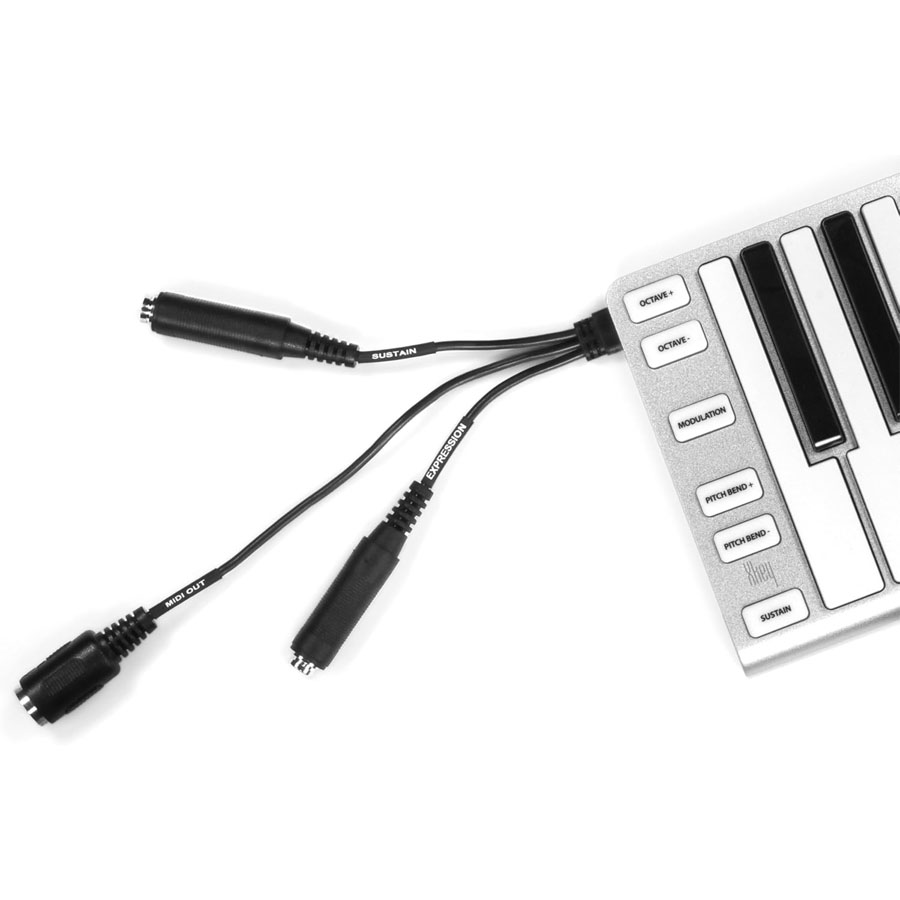
Polyphonic Aftertouch in Practice: How It Changes the Game
I compared the Xkey’s polyphonic aftertouch to a traditional controller without it, and the difference was stark. With polyphonic aftertouch, I could add vibrato to specific notes in a chord or adjust the volume dynamically, which made the sound feel alive and organic. I tried using it with various VST plugins, and the added dimension it brought to instruments like synths and pianos was remarkable.
Practical Benefits of Polyphonic Aftertouch
For genres like jazz and classical, where expression is key, polyphonic aftertouch can add depth to every performance. It allowed me to mimic string dynamics in orchestral samples and add a more natural feel to synthetic instruments. In terms of modern synthesis, the use of poly aftertouch in plugins like Apple Logic’s Sculpture or KORG’s opsix brings a new level of flexibility and creativity to sound design. It’s a feature that both new and experienced musicians can appreciate.
Portability and Durability: Testing Real-World Use
The slim and lightweight build of the Xkey series makes it incredibly portable. Over the course of my testing, I carried the Xkey 25 around for various outdoor gigs and jam sessions with friends. While the action takes a little bit of getting used to, it was a relief to have a professional-quality keyboard that didn’t feel bulky or awkward to carry.
Battery Life and Power
Though the Xkey series doesn’t include a built-in battery, it draws very little power from the device it’s connected to, making it a reliable tool for both live sessions and studio work. When paired with a laptop, it didn’t drain my battery as quickly as other controllers.
My Overall Experience: Pros and Cons
Using the ESI Xkey 25 and 37 felt like an upgrade to my workflow. Here’s a rundown of what stood out:
Pros:
- Polyphonic Aftertouch: A premium feature that enhances musical expression.
- Portability: Lightweight and slim design makes it ideal for on-the-go producers.
- Build Quality: Despite its slim profile, it feels durable and solid.
- Bundled Software: Bitwig, Steinberg, and Cubasis licenses make it a complete package.
Cons:
- No Battery Option: Requires connection to a USB device, which limits portability somewhat.
- Limited Octave Range on the Xkey 25: Great for portability but might feel limiting for some.
Final Thoughts: Is the ESI Xkey Right for You?
The Xkey 25 and Xkey 37 MIDI controllers bring a balance of portability and high-end functionality that’s hard to find in the market. For a musician who wants expressive control with the convenience of a lightweight controller, these are top choices.
For more detailed information on the Xkey and its full range of features, visit the official ESI website.
